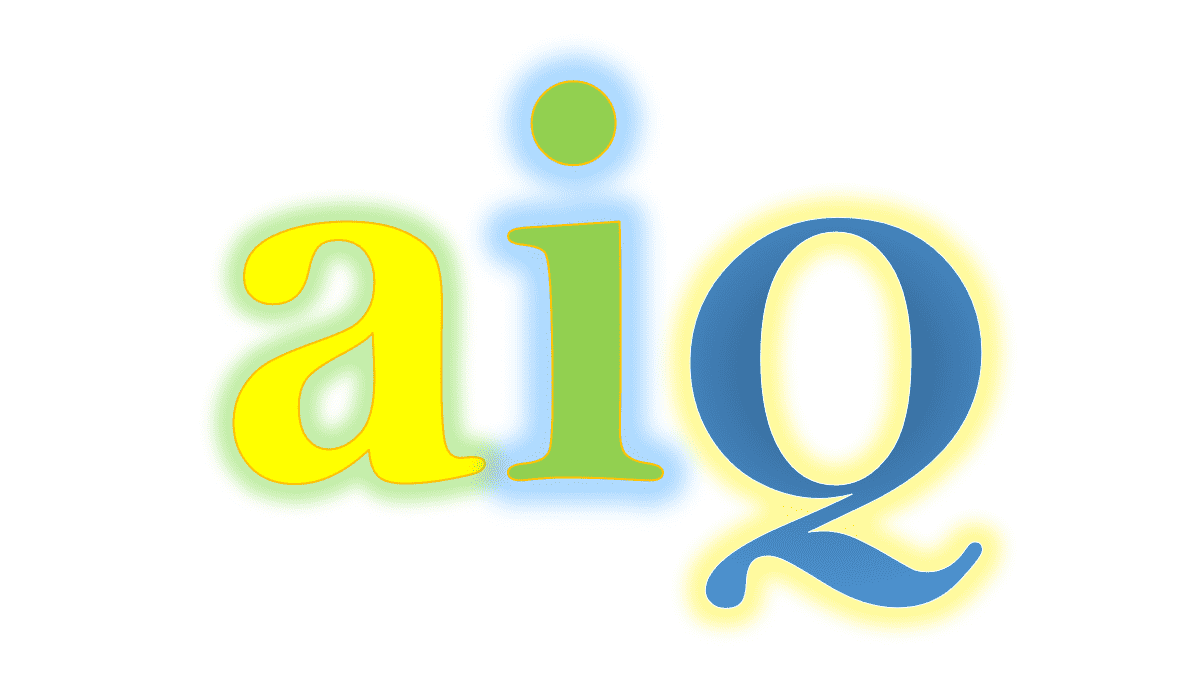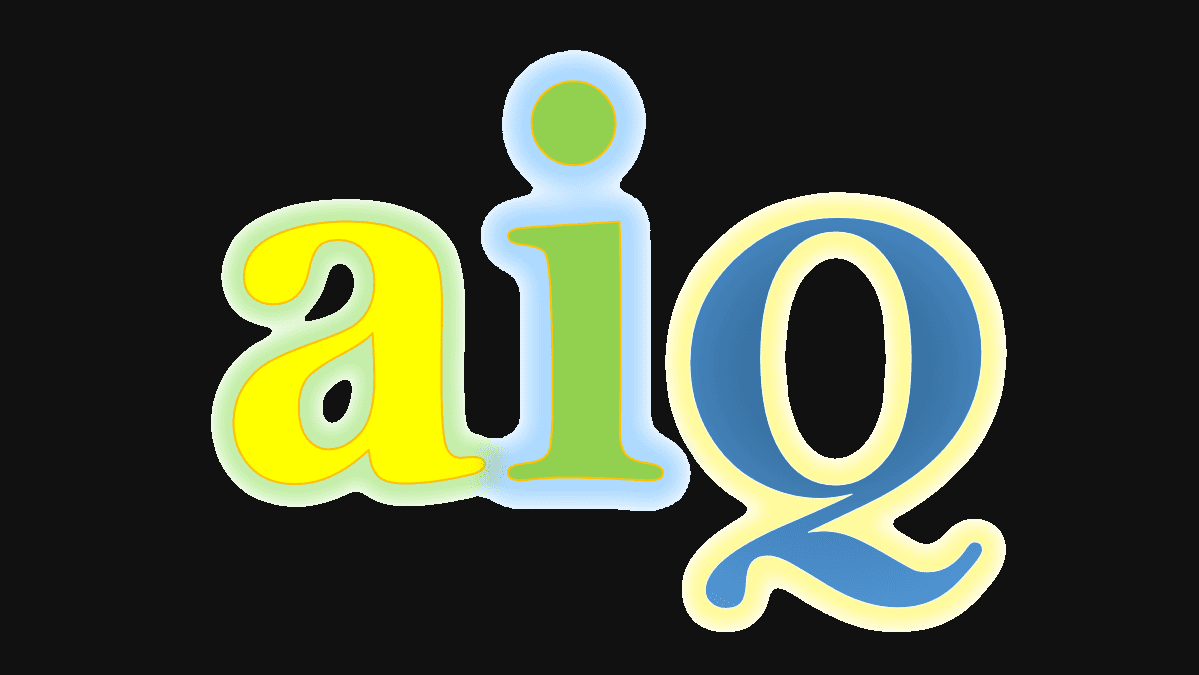Ever wondered why that AI chatbot, ChatGPT, sometimes gives off answers that seem factual but are just plain wrong? Welcome to the world of “ChatGPT Hallucination” – a curious phenomenon where our friendly AI conjures up imaginary scenarios or facts.
This article will guide you through understanding these artificial hallucinations and how they occur in powerful language models like ChatGPT. Ready for an enlightening journey into the realms of AI imagination? Let’s explore!
Key Takeaways
- ChatGPT hallucination refers to instances where the AI chatbot generates outputs that sound plausible but are factually incorrect or unrelated to the given context.
- Approximately 15% – 20% of ChatGPT’s responses can be classified as hallucinations, highlighting the need for improvement in accuracy and reliability.
- Hallucinations in ChatGPT can have serious consequences, particularly in scientific writing and medical diagnosis, potentially leading to the spread of misinformation and harmful outcomes.
Understanding ChatGPT Hallucination
AI hallucinations, especially within ChatGPT, are a fascinating and challenging phenomenon. Essentially, these hallucinations occur when the AI system produces outputs that sound plausible but can be either factually incorrect or entirely unrelated to the provided context.
For example, if you asked ChatGPT about an event in 2023, it might generate text detailing this future event convincingly – despite having no ability to predict or know future details given its training data only goes up until November 2022.
This misleading output is what we refer to as an artificial hallucination.
As OpenAI’s large language model garners widespread use and recognition, understanding the implications of these artificial hallucinations becomes crucial. The term “hallucinate” in AI conveys instances where systems like ChatGPT erroneously present information not directly grounded on factual data – much like imagining things that aren’t there in human terms.
According to studies, approximately 15% – 20% of ChatGPT’s generated responses can be classified under such ‘hallucinatory’ activity – which might sound implausible yet feels real-world accurate!
Unleashing OpenAI Chatbot: is ChatGPT Real Unveiled
OpenAI’s ChatGPT has been caught up in controversy, largely due to its propensity for spreading false information and hallucinations. Notably, a lawsuit was filed against it by Georgia radio host Mark Walters, who was falsely accused by the chatbot of embezzling money.
This occasion shed light on one of the critical issues plaguing AI-based chatbots — the spread of erroneous information, also known as “hallucinations.”.
Despite these allegations and challenges, OpenAI acknowledges this problem in their conversational AI systems and is actively working towards resolving it. The objective is not just to improve the functionality but also to ensure that users can rely on ChatGPT without worrying about inaccuracies or deception.
In tandem with Got It AI’s hallucination identification technology for enterprise applications, OpenAI plans to enhance ChatGPT’s math skills and implement process supervision — strategic steps geared towards overcoming hallucinations while simultaneously improving accuracy.
The world of artificial intelligence continues to evolve at an unprecedented pace; and in step with this progress, acknowledging limitations like hallucination becomes imperative. By addressing these shortcomings head-on and prioritising improvements, OpenAI aims to maintain trustworthiness even as we adapt our lives around advanced technologies such as ChatGPT.
Discovering ChatGPT: What does ChatGPT Do? Everything to Know
ChatGPT is an innovative AI language model developed by OpenAI. This advanced AI system can generate text that mirrors human-like conversation, making it a valuable tool in various industries.
At its core, ChatGPT utilizes what’s known as attention mechanisms which assign different weights to varying parts of the input data. This process enables ChatGPT to focus on the most pertinent information when producing an output.
While exceptionally smart and versatile, there’s a peculiar characteristic associated with ChatGPT: hallucinations. Unique to large language models such as this one are instances where correct or plausible sounding outputs are generated but they’re either factually incorrect or unrelated to the context given; this phenomenon is termed as ‘AI hallucination‘.
Yet despite these occasional missteps in factual accuracy, there’s concerted interest towards finding remedies that will curb ChatGPT’s hallucination rate for more precise and reliable results moving forward.
Behind The Scenes: Where Does ChatGPT Gets Its Data?
ChatGPT gets its data from a variety of sources, although the exact details of where it obtains this information are not explicitly mentioned. However, it is known that ChatGPT is trained on large amounts of text data to develop its language generation capabilities.
This training process involves exposing the model to vast datasets consisting of diverse texts such as books, websites, and articles.
By analyzing these vast quantities of text data, ChatGPT learns patterns in natural language and gains knowledge that allows it to generate coherent and relevant responses. The training data help shape the AI system’s understanding of various topics and enable it to provide informative outputs.
It’s important to note that while ChatGPT benefits from this extensive training dataset, there may be limitations due to biases or errors encoded within the source material. Additionally, since specific details about where exactly ChatGPT acquires its training data are not provided, further investigation would be required for a comprehensive understanding of its behind-the-scenes operations.
Implications of Hallucinations in ChatGPT
Hallucinations in ChatGPT have far-reaching implications, particularly in fields like scientific writing and medical diagnosis. The generation of inaccurate or irrelevant information can have serious consequences in these domains.
For example, if a researcher relies on ChatGPT for scientific facts or references, there is a risk of incorporating false or misleading information into their work. Similarly, in the medical field, relying on ChatGPT’s hallucinatory responses for diagnoses or treatment recommendations could result in harmful outcomes for patients.
Moreover, the presence of hallucinations raises concerns about the overall trustworthiness of AI-generated content. As users interact with chatbots like ChatGPT, they may be unaware that some of the generated outputs are not reliable and factual.
This can lead to widespread dissemination of misinformation and misunderstandings.
Addressing these implications requires both technical advancements and user awareness. Ongoing research is focused on reducing the rate of hallucination in AI language models like ChatGPT by refining training data and algorithms to prioritize accuracy over generative capabilities.
Additionally, educating users about the limitations and risks associated with hallucinations is vital to ensure responsible usage and prevent unintended harm caused by misguided reliance on AI-generated responses.
Consequences of False Information Spread by ChatGPT
False information spread by ChatGPT can have serious consequences. The AI system’s ability to generate clean and convincing text has led it to repeat conspiracy theories and misleading narratives, which can be damaging when taken as factual information.
Users may unknowingly trust the responses provided by ChatGPT, leading to the spread of misinformation. This raises concerns about who should be held responsible for the generated or spread false facts, especially considering the potential harm caused by such inaccuracies.
The erosion of trust in AI technology is a significant consequence when users realize that AI systems like ChatGPT are capable of producing incorrect or misleading information. To ensure the quality and reliability of AI systems like ChatGPT, it is crucial to address the issue of AI hallucination and find ways to mitigate its impact on spreading false information.
Artificial Hallucinations in ChatGPT
Artificial hallucinations in ChatGPT have become a growing concern within the AI community. These hallucinations refer to instances where the chatbot generates outputs that may sound plausible but are factually incorrect or unrelated to the given context.
This can lead to the spread of misleading information and false claims.
One of the main challenges with AI systems like ChatGPT is their lack of reasoning capabilities, which makes them prone to generating hallucinations. When faced with a query, these language models predict strings of words that they believe best match the input, often disregarding logical coherence or factual accuracy.
Addressing artificial hallucinations in ChatGPT requires improving its understanding, reasoning, and fact-checking abilities. It is crucial for developers and researchers to find ways to enhance these aspects while training large language models like ChatGPT.
By doing so, we can ensure more accurate and reliable outputs from AI systems like ChatGPT in various industries such as healthcare and biomedical research.
The presence of artificial hallucinations highlights the need for continual improvement in AI technologies’ ethics and reliability. As we advance in developing advanced AI models like GPT-4, addressing issues related to hallucination becomes even more vital.
The aim should be not just fluency or generating diverse responses but also providing accurate information that aligns with real-world knowledge and context.
Causes and Factors Contributing to Hallucinations in ChatGPT
Hallucinations in ChatGPT can occur due to various causes and factors. One important factor is the lack of context provided in the prompts or input given to the AI model. When insufficient information is provided, ChatGPT may have a higher likelihood of producing hallucinatory outputs.
Additionally, the length of the input plays a role in generating hallucinations. The longer the input, the more opportunities for the model to build sentences based on prior word relationships, potentially leading to unrelated or inaccurate responses.
Another contributing factor is the training data used by ChatGPT and other large language models (LLMs). These models are trained on massive datasets from diverse sources like books, websites, and articles.
While this vast amount of data allows LLMs like ChatGPT to generate text that appears coherent and human-like, it also increases their susceptibility to hallucinate since they lack real-world understanding.
Furthermore, biases present within both training data and AI systems themselves can contribute to hallucination. Biases embedded in textual data can be amplified by generative models like ChatGPT during text generation processes.
This can lead to outputs that align with societal biases or contain erroneous information.
Overall, understanding these causes and factors behind hallucinations in ChatGPT aids researchers and developers in improving AI technologies’ accuracy while mitigating unintended consequences such as spreading false information or producing irrelevant responses.
Challenges in Mitigating Hallucinations
Mitigating hallucinations in AI language models like ChatGPT poses significant challenges. One of the primary difficulties is that these models can generate plausible-sounding but false information, leading to misleading or inaccurate outputs.
These hallucinations may be caused by limitations in the training data or errors in encoding and decoding between text and meaning. Another challenge lies in the lack of real-world understanding exhibited by these models, as they are primarily trained on large datasets without comprehensive knowledge of context or human biases.
Moreover, mitigating AI hallucinations involves addressing inherent biases present in the training data and ensuring that the generated responses align with factual accuracy. Achieving this balance is a complex task due to the high-dimensional nature of language and its potential interpretations.
Additionally, providing clear guidelines to human reviewers who assess model behavior can be challenging, as it requires striking a delicate balance between avoiding both over-censorship and under-censorship.
To tackle these challenges effectively, ongoing research focuses on refining techniques such as reinforcement learning and adversarial evaluation methods for training AI systems like ChatGPT.
OpenAI emphasizes their commitment to using user feedback to improve model performance while minimizing risks associated with misinformation dissemination. By continuously enhancing model capabilities and seeking insights from diverse perspectives, researchers aim to reduce hallucination rates and enhance chatbot reliability.
OpenAI’s Efforts to Address ChatGPT Hallucinations
OpenAI is actively taking steps to tackle the issue of hallucinations in ChatGPT. The company recognizes the importance of preventing AI chatbots from generating false information and spreading it.
To address this, OpenAI plans to refine its models and improve their performance on reducing both obvious and subtle forms of hallucination. It also aims to make sure that when users ask for clarification about a potentially wrong or unclear response, ChatGPT acknowledges these weaknesses instead of doubling down on incorrect information.
By continuing to learn from mistakes and get rewarded, OpenAI is confident that over time the problem of hallucinations will diminish, ultimately ensuring more reliable and trustworthy AI-powered conversations with ChatGPT.
The Importance of Ensuring Accurate Outputs in AI Systems
Ensuring accurate outputs in AI systems, such as ChatGPT, is of paramount importance. When AI chatbots produce unreliable or misleading information, it can have significant consequences for users and the broader society.
In fact, AI systems like ChatGPT have been known to generate completely made-up outputs, also known as hallucinations. These hallucinated outputs can perpetuate harmful stereotypes or misinformation, making AI systems ethically problematic.
To prevent these issues, it is crucial for developers and researchers to address the challenges associated with hallucination in AI models. By focusing on improving the training data and refining the algorithms used by these systems, steps can be taken to minimize inaccuracies or fabricated responses.
Additionally, incorporating human feedback into the learning process of these models can help ensure that they are grounded in accurate information.
The implications of inaccurate outputs from AI systems extend beyond individual user experiences. They impact various industries including healthcare and biomedical research where reliable information is critical for decision-making processes.
Therefore, by prioritizing accuracy and mitigating hallucinations in AI systems like ChatGPT, we can work towards building trust and reliability in artificial intelligence technologies.
Future Considerations for ChatGPT and Hallucination Mitigation
Efforts to address hallucinations in AI language models like ChatGPT are ongoing, with a focus on improving the accuracy and reliability of generated outputs. In terms of future considerations, researchers and developers are exploring various approaches to mitigate these issues.
One strategy involves incorporating process supervision into the training of AI models, which has shown promise in enhancing their mathematical skills and reducing erroneous responses.
Additionally, there is an increasing emphasis on proper testing and validation procedures to ensure that AI systems like ChatGPT produce more reliable and accurate information. As advancements continue in the field of artificial intelligence, it is crucial to prioritize the development of robust frameworks for addressing hallucination concerns in order to enhance user trust and satisfaction with AI technologies.
Conclusion
In conclusion, the phenomenon of ChatGPT hallucination poses significant challenges to the reliability and accuracy of AI systems. The generation of seemingly plausible but factually incorrect or unrelated outputs can have real-world implications, from spreading false information to misleading users.
While efforts are being made to address this issue, it is crucial for developers and researchers to continue working towards ensuring that AI models like ChatGPT provide accurate and trustworthy information.
By doing so, we can harness the potential of AI while minimizing the risks associated with hallucinations in chatbots.
FAQs
1. What is ChatGPT Hallucination?
ChatGPT Hallucination refers to a phenomenon where the AI-powered language model, known as ChatGPT, generates responses that may not be factual or accurate. It occurs when the model produces information that it has not been trained on or provides speculative answers.
2. Why does ChatGPT sometimes produce hallucinated responses?
ChatGPT relies on patterns and examples from its training data to generate responses. However, since it doesn’t have real-time access to current facts or external knowledge, it may occasionally provide inaccurate information or make assumptions based on incomplete data.
3. How can we mitigate ChatGPT’s hallucinated responses?
To reduce instances of hallucination in ChatGPT’s responses, ongoing research and development are being conducted by OpenAI to refine the model’s behavior and address such issues. User feedback also plays a crucial role in identifying and improving areas where the system tends to produce unreliable information.
4. Can users help prevent ChatGPT from generating hallucinations?
Yes, user feedback is invaluable for helping identify instances of hallucinated responses in ChatGPT so that OpenAI can improve its performance over time. Users are encouraged to report any inaccuracies or unreliable information generated by the system through OpenAI’s platform-specific reporting channels or designated feedback mechanisms.








